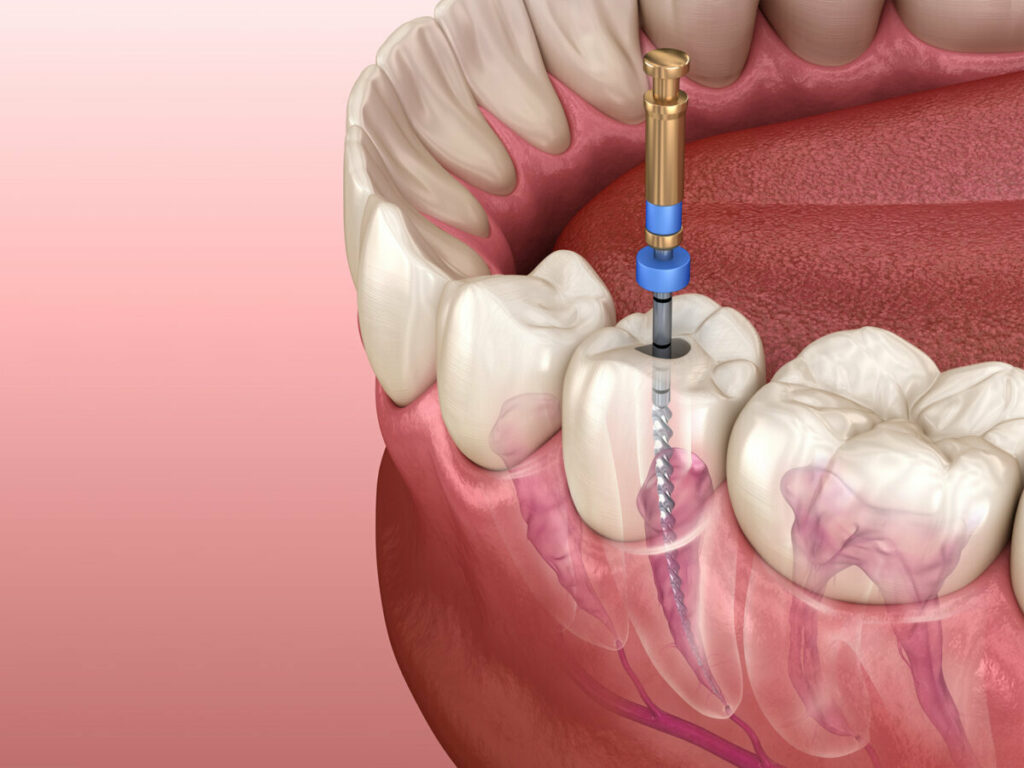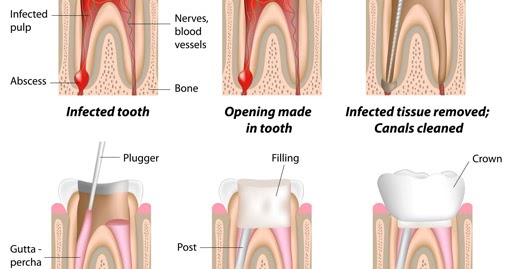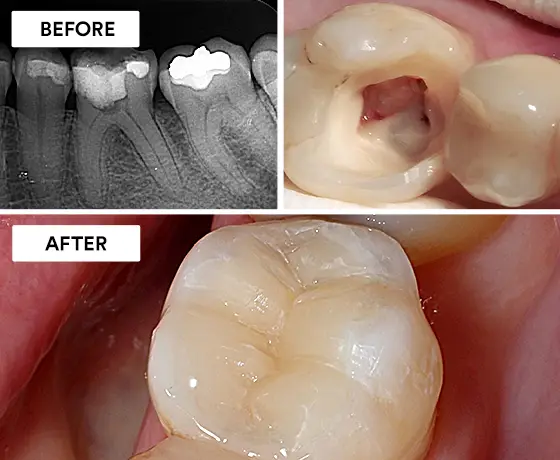If you have been experiencing severe tooth pain, sensitivity, or swelling, you may need a root canal treatment to save your tooth. A root canal is a common dental procedure that removes infected or damaged pulp from inside the tooth, preventing further infection and tooth loss.
In this article, we will explore everything about root canal treatment, including the procedure, symptoms, cost, aftercare, and alternatives in 2025. We will also provide a cost comparison of root canal treatments in different countries, including the USA, UK, and Turkey.
What is a Root Canal Treatment?
A root canal is a dental procedure that treats infection or damage in the tooth pulp. The pulp contains nerves and blood vessels, and if it becomes infected, it can cause severe pain, swelling, and abscess formation.
Why Do You Need a Root Canal?
You may need a root canal procedure if you have:
- Severe tooth pain when eating or drinking
- Prolonged sensitivity to hot and cold temperatures
- Swollen or tender gums
- Darkening of the tooth
- Persistent or recurring pimples on the gums
Ignoring these symptoms can lead to serious complications, including the spread of infection and tooth loss.

Step-by-Step Root Canal Procedure
| Step | Description |
|---|---|
| 1. Diagnosis | The dentist examines the tooth and takes X-rays. |
| 2. Anesthesia | The tooth is numbed with local anesthesia. |
| 3. Pulp Removal | The infected pulp is removed, and the canals are cleaned. |
| 4. Disinfection | The canals are disinfected to remove bacteria. |
| 5. Filling | The canals are filled with a special material. |
| 6. Crown Placement | A dental crown is placed for protection. |

How Much Does Root Canal Treatment Cost in 2025?
The cost of root canal treatment varies depending on the country, location, and tooth type.
Root Canal Cost Comparison (2025)
| Country | Front Tooth | Molar Tooth |
| USA | €800 – €1,500 | €1,200 – €2,500 |
| UK | €500 – €1,200 | €1,000 – €2,000 |
| Turkey | €200 – €500 | €500 – €1,000 |
Turkey offers affordable root canal treatment with high-quality dental care, making it a popular destination for dental tourism.
Root Canal Aftercare
After a root canal procedure, proper aftercare is essential for quick healing and preventing complications.
Post-Treatment Care Tips
- Avoid eating hard foods for a few days.
- Take prescribed pain relievers if needed.
- Maintain good oral hygiene by brushing and flossing regularly.
- Visit your dentist for a follow-up check-up.

Alternatives to Root Canal Treatment
If you cannot undergo a root canal procedure, there are other treatment options available:
- Tooth Extraction – Removing the infected tooth and replacing it with an implant or bridge.
- Pulp Capping – If the infection is minor, a protective layer is placed over the pulp.
- Antibiotic Treatment – Temporary relief, but not a permanent solution.
Does a Root Canal Hurt?
One of the biggest myths about root canals is that they are painful. However, with modern dental anesthesia and techniques, a root canal treatment is almost painless. Most patients report that it feels similar to getting a dental filling.
Why Choose Cayra Clinic for Root Canal Treatment?
Root canal treatment is a valuable dental procedure that can save a severely infected or damaged tooth, alleviate pain, prevent further complications, and preserve your natural smile. If you’re experiencing tooth pain or suspect an infection, consult your dentist to determine if a root canal is the proper treatment.
Early diagnosis and treatment are crucial for successful root canal treatment and oral health.
For more information about the services we offer, including Root Canal Treatment, visit our About Us page to learn more about our clinic’s mission and expertise. If you have any questions or would like to schedule a consultation, feel free to reach out through our Contact Us page. Also, check out our Blog for the latest insights and tips on dental treatments.
Relevant Treatments & Blogs:
Frequently Asked Questions
How long does a root canal take?
A root canal procedure typically takes 1-2 hours.
Is a root canal better than tooth extraction?
Yes, because it saves your natural tooth.
What happens if I don’t get a root canal?
The infection can spread, leading to severe pain and tooth loss.
Can I eat after a root canal?
Yes, but avoid hard or sticky foods for a few days.
How long does a root canal last?
With proper care, it can last a lifetime.
Can a root canal fail?
Yes, but it’s rare. Retreatment can fix the issue.
Is a crown necessary after a root canal?
Yes, to protect the tooth from fractures.
Does insurance cover root canal treatment?
It depends on your dental insurance plan.
Can a root canal be done in one visit?
Yes, in some cases, but complex cases need two visits.
Is root canal treatment safe?
Yes, it is a proven and safe procedure.
